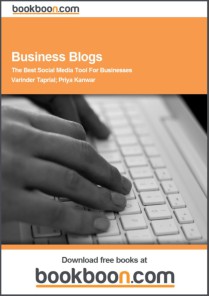It is often said that a good negotiator is the one who is capable of turning a win-lose situation into a win-win situation. The only way to do so is generating fresh ideas and options which could at least partially satisfy the interests of the parties. However, reaching this goal is extremely difficult, for negotiations are usually characterized by objective (e.g., time constraints, difficult procedures) and subjective (e.g., strong feelings and emotions, misperceptions) obstacles. In order to overcome these obstacles, it is of the utmost importance to get ready for the negotiation. In this post, and in another one that will be online next week/tomorrow, two tools are introduced. They are taken from a great book, Beyond Machiavelli, written by Roger Fisher (founder of the Harvard Negotiation Project and co-author of Getting to Yes), Elizabeth Kopelman, and Andrea Kupfer Schneider. Check it out on Amazon to have more information on the negotiation tools, on how to use them, and on many other interesting ideas they put forth.
The first tool is the Four Quadrants. Before sitting at the negotiating table, try and think analytically and go through with the four categories shown in the chart below. According to the authors of Beyond Machiavelli, “a Four-Quadrant Analysis encourages systematic yet creative problem-solving.”
| A four-quadrant analysis for problem-solving |
| Quadrant I |
Quadrant II |
Quadrant III |
Quadrant IV |
| What is wrong?
Perceptions of:
– disliked symptoms;
– a preferred situation;
and the gap between them.
|
General Diagnoses
Possible reasons why the problem hasn’t been resolved or the conflict settled.
Possible causes (about which somebody could do something) of the gap in Quadrant I.
|
General Approaches
Possible strategies for overcoming the identified diagnoses.
|
Action Ideas
Ideas about who might do what tomorrow to put a general approach into action.
|







Recent Comments